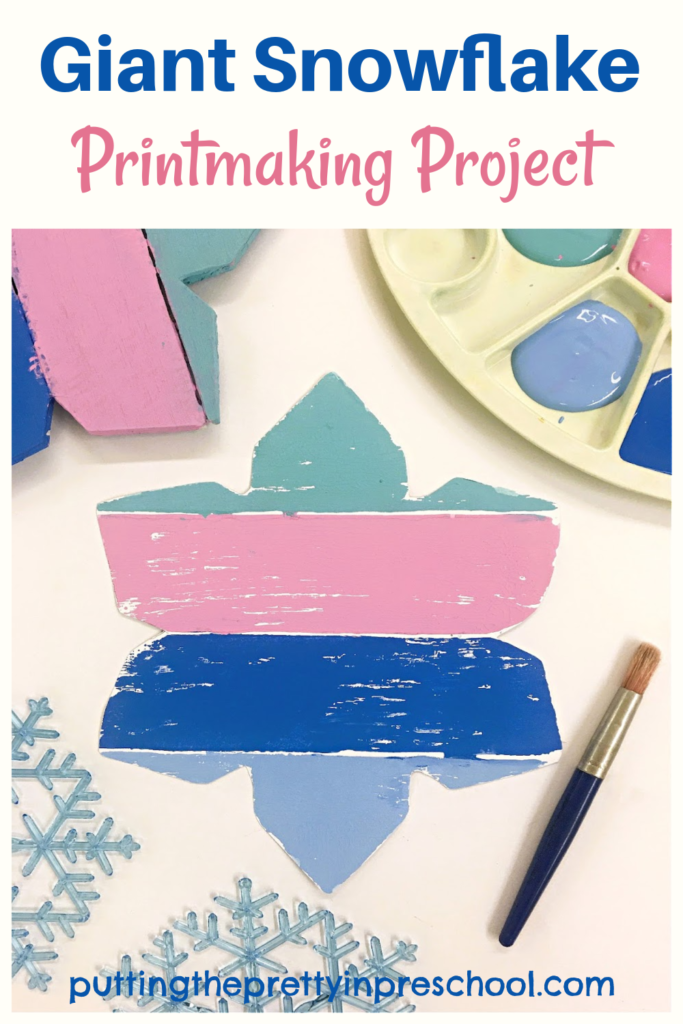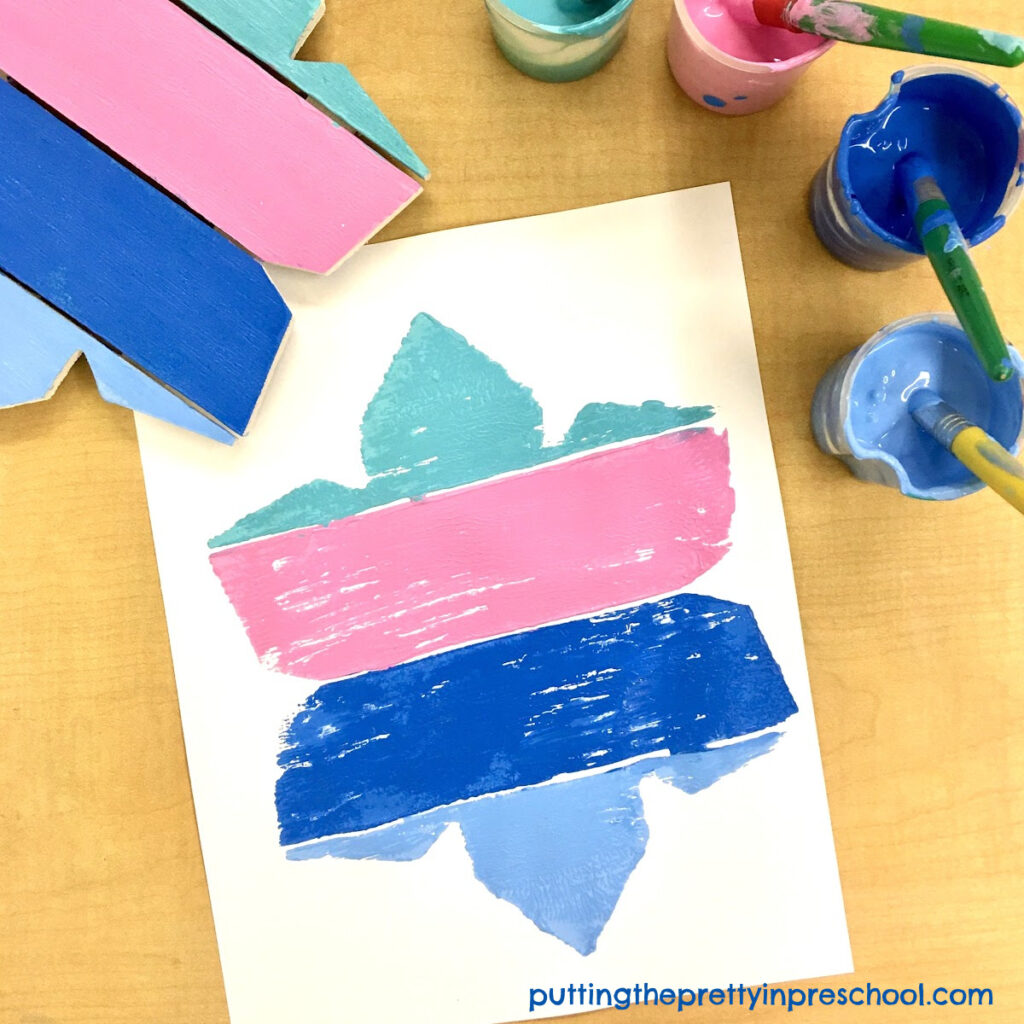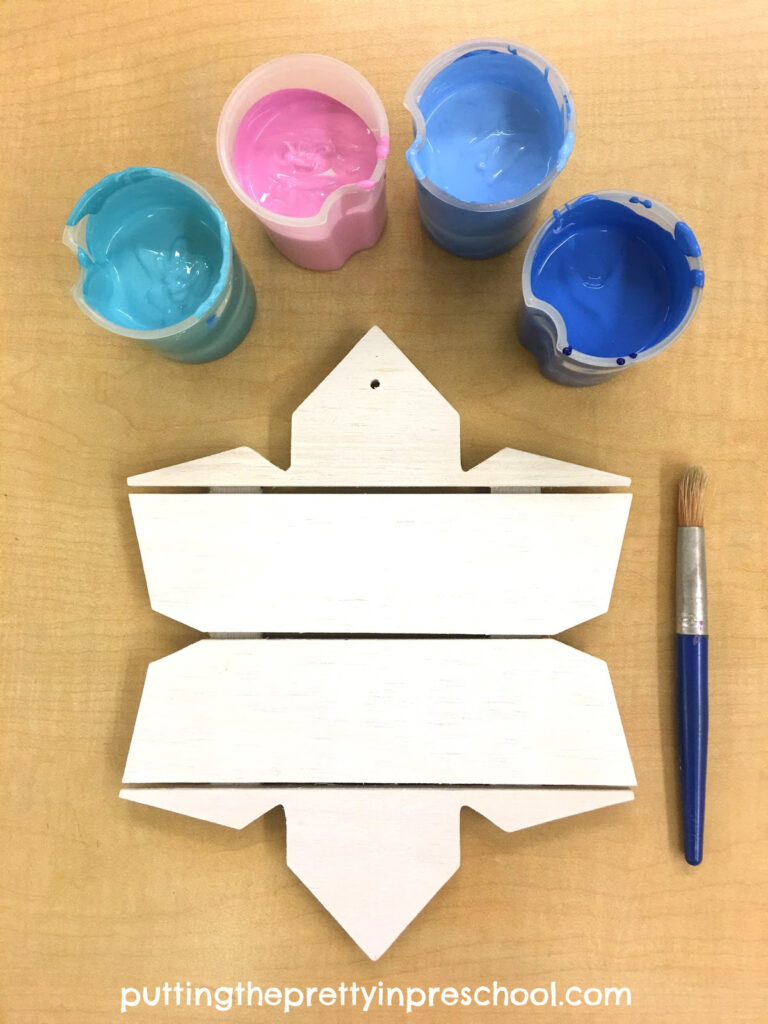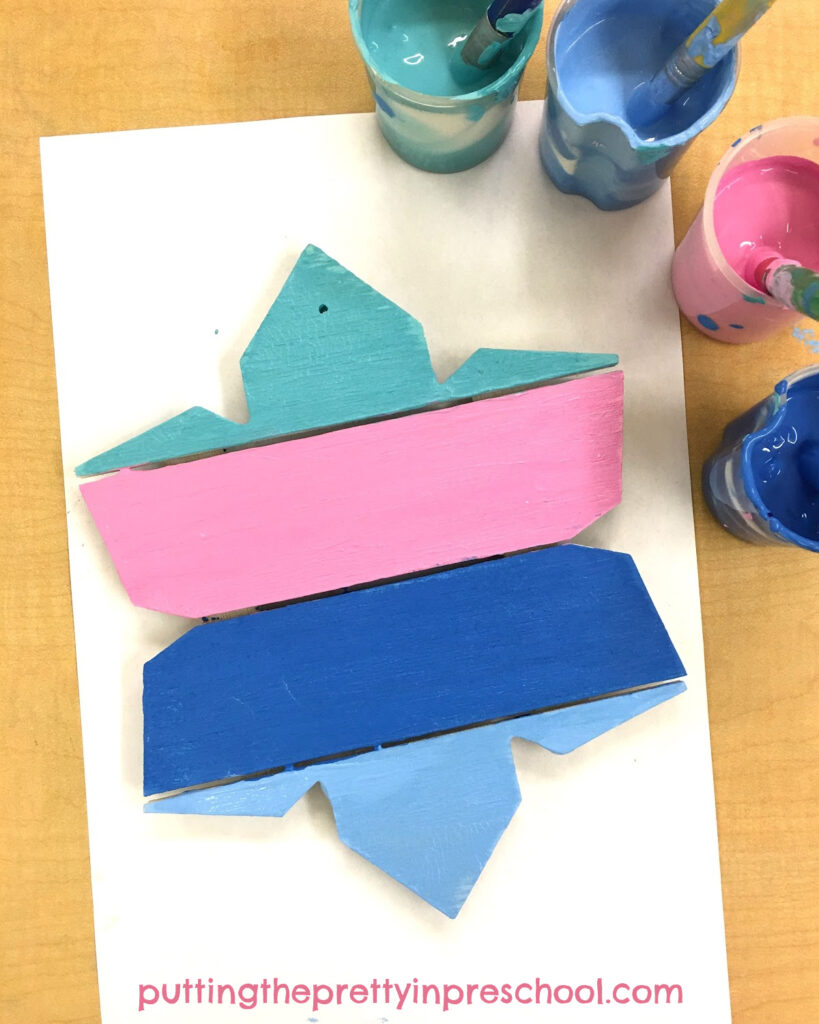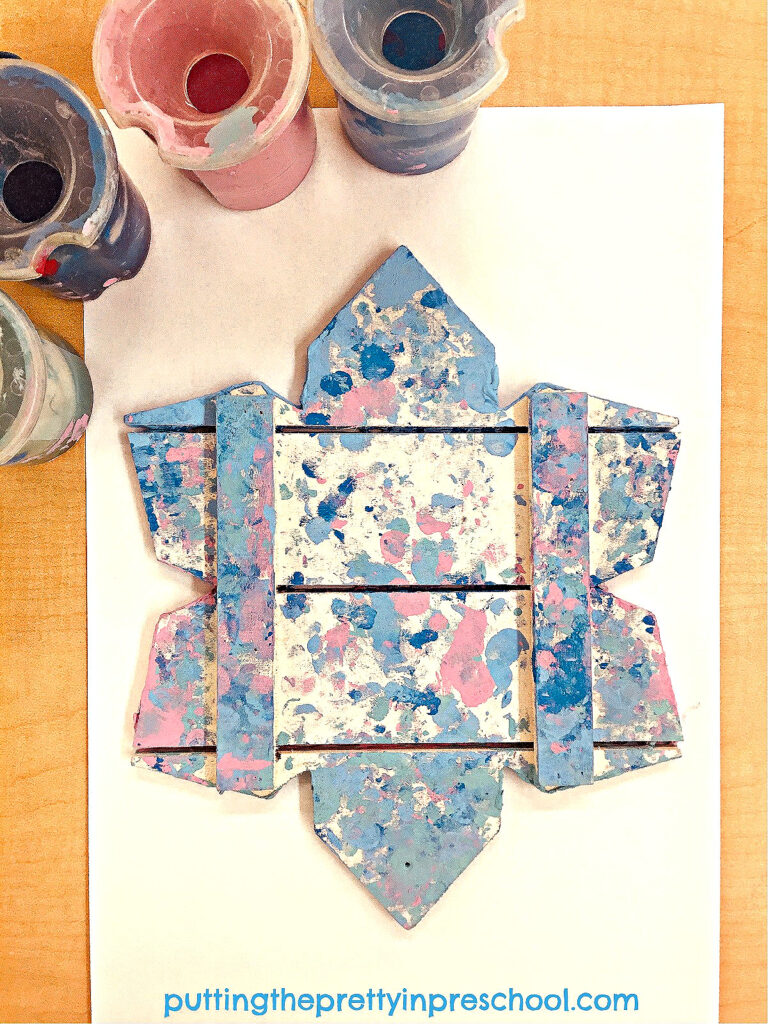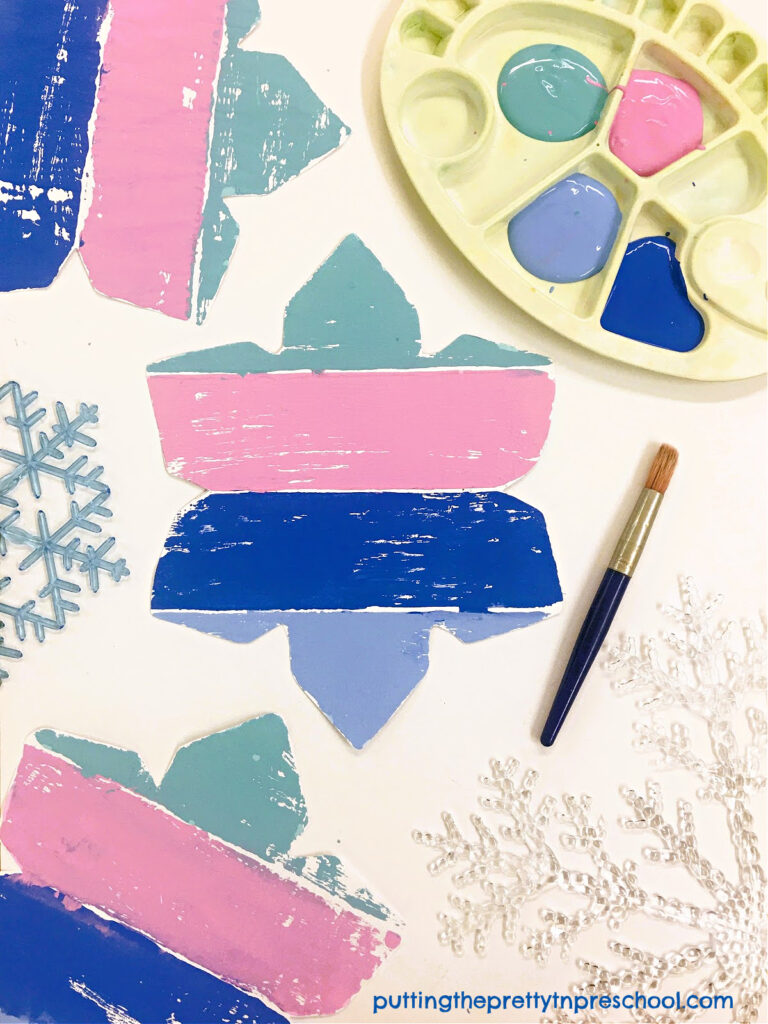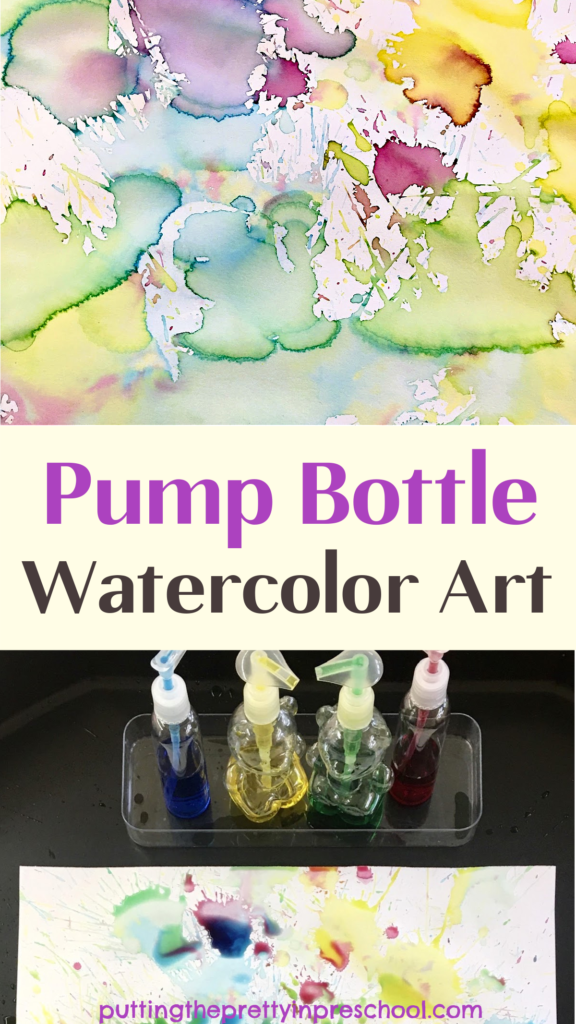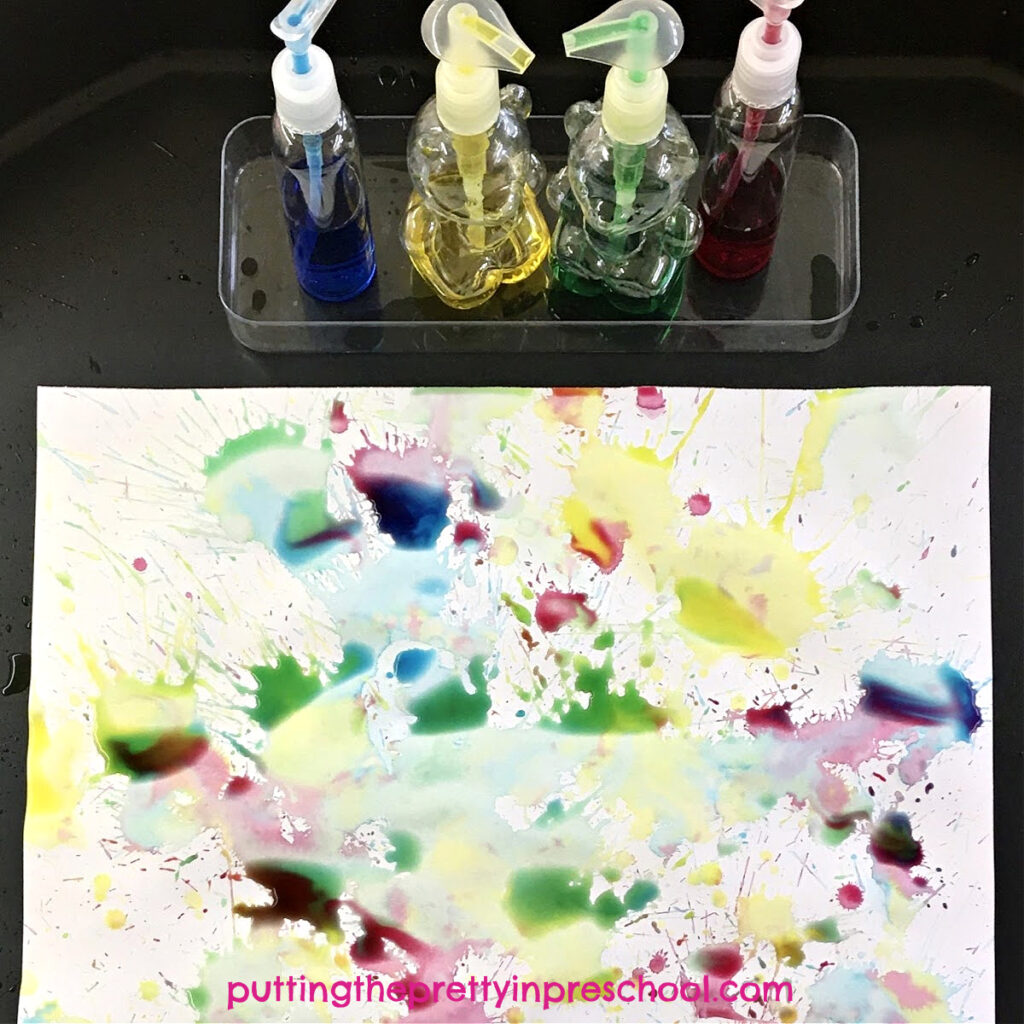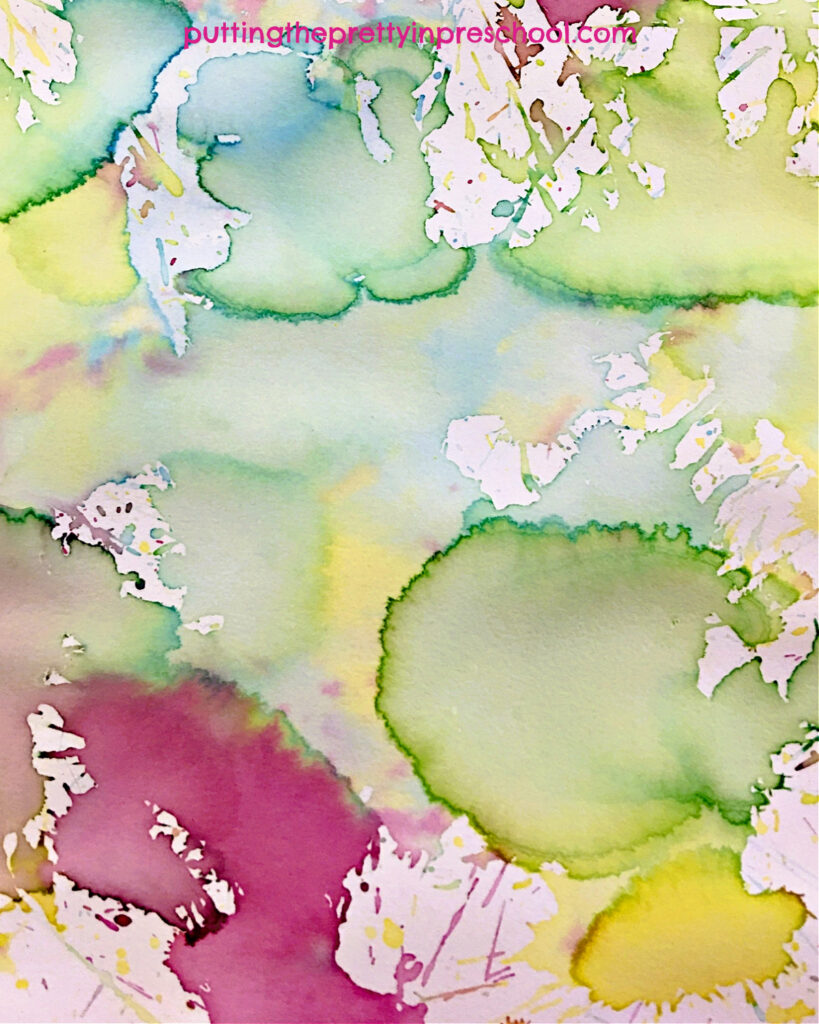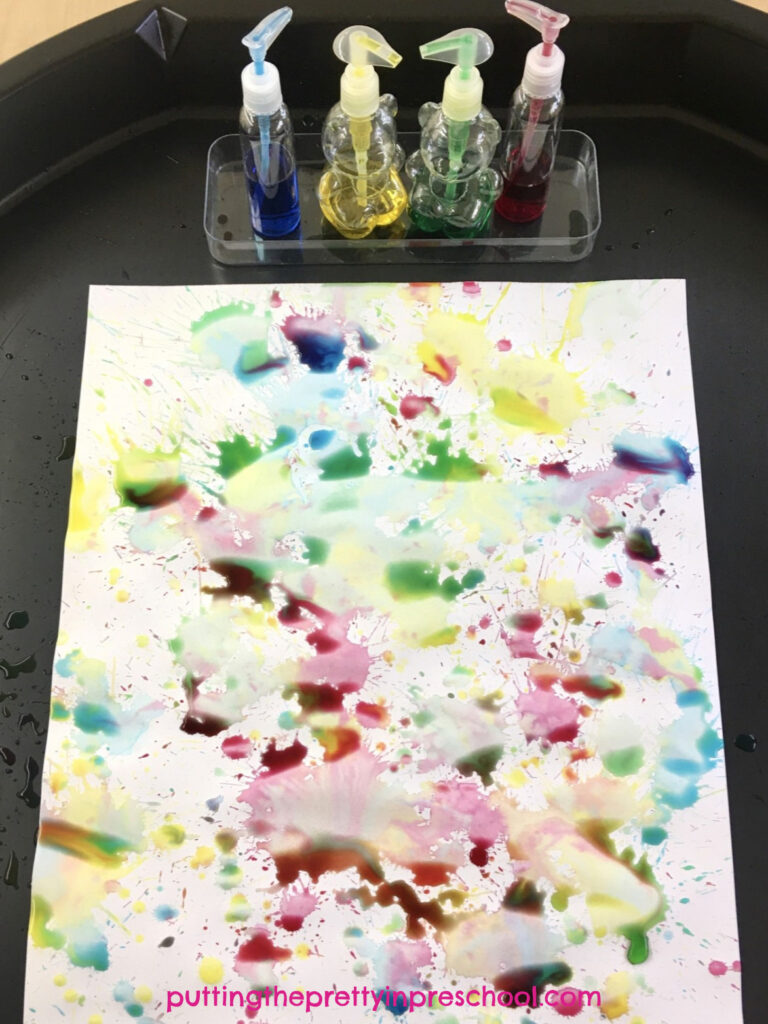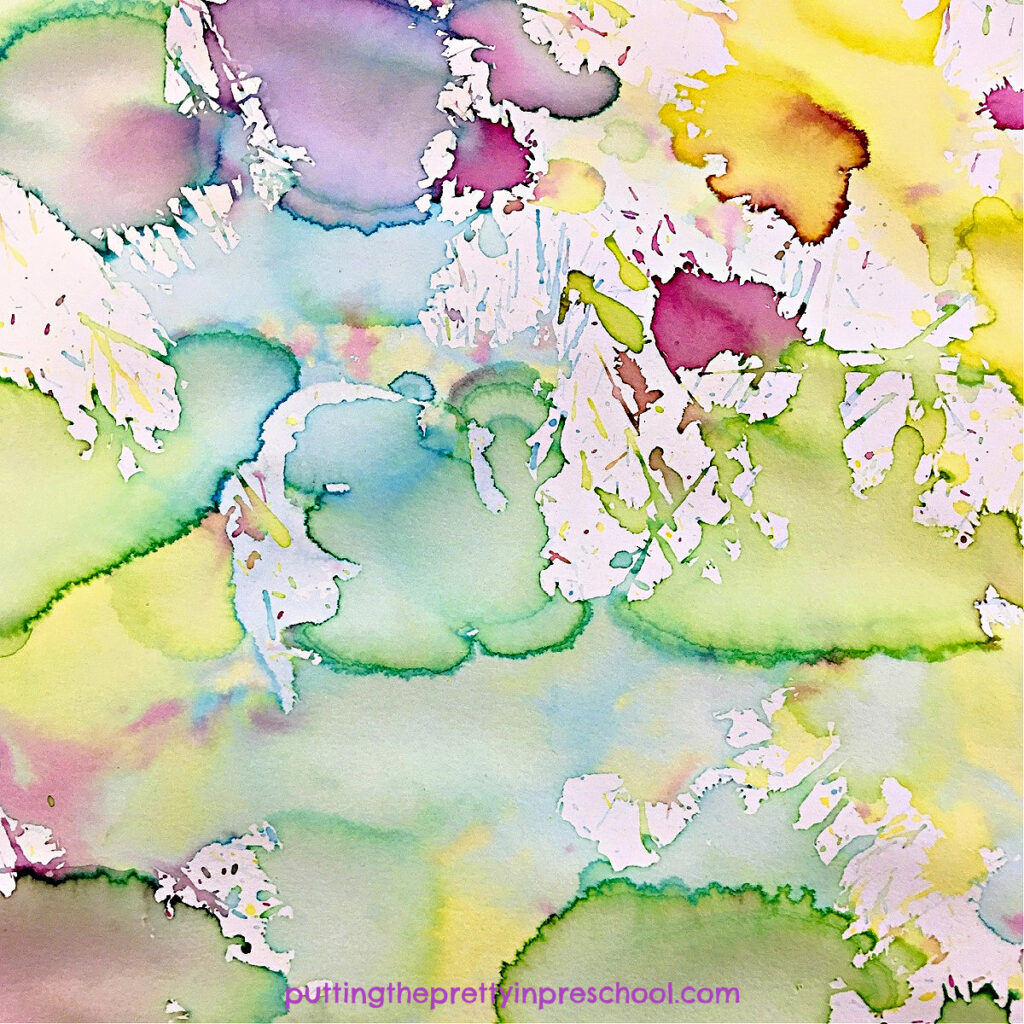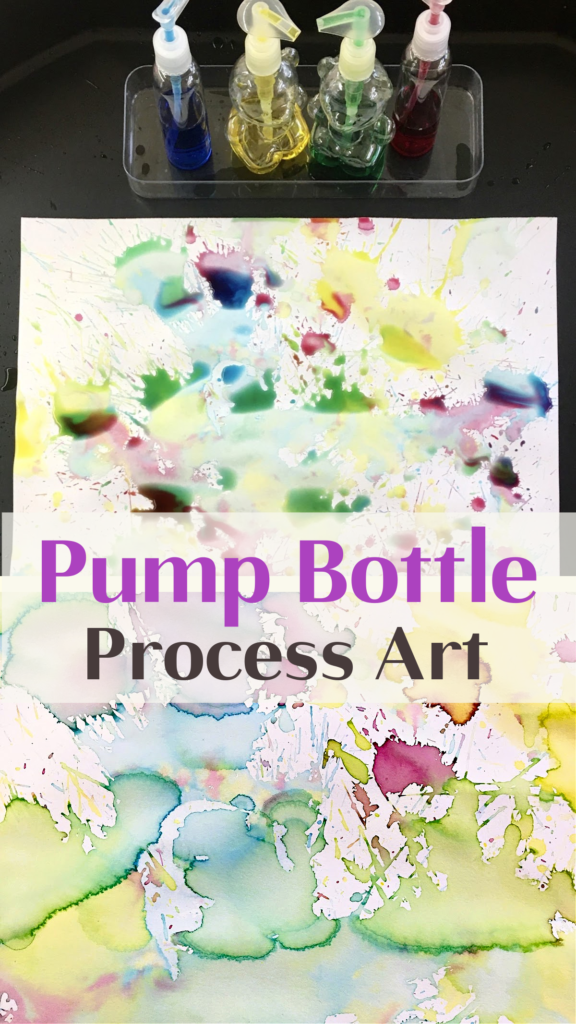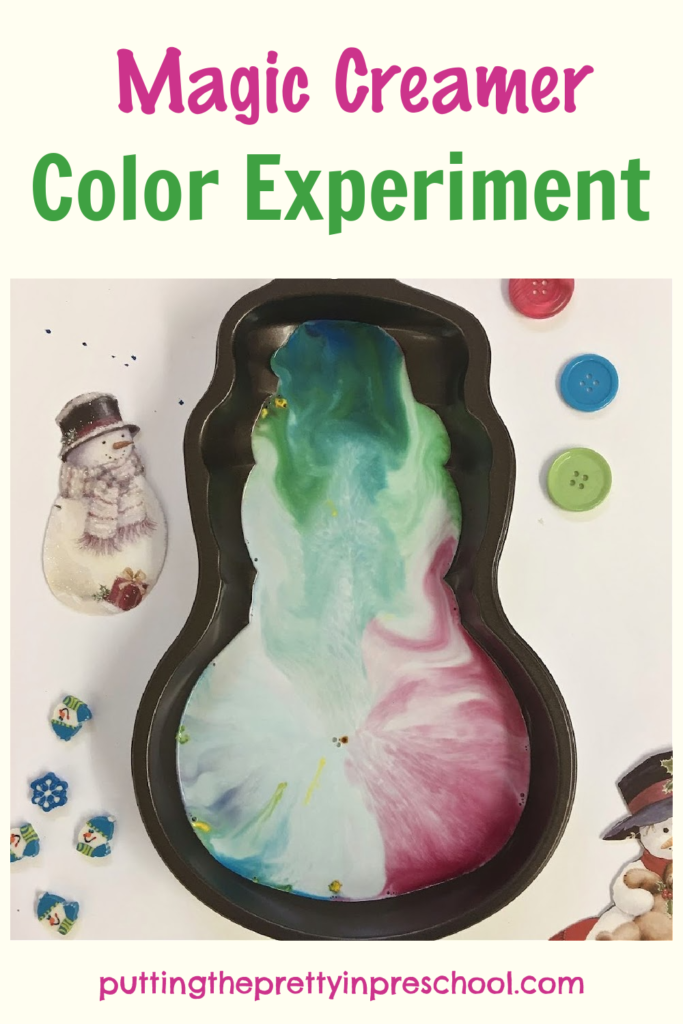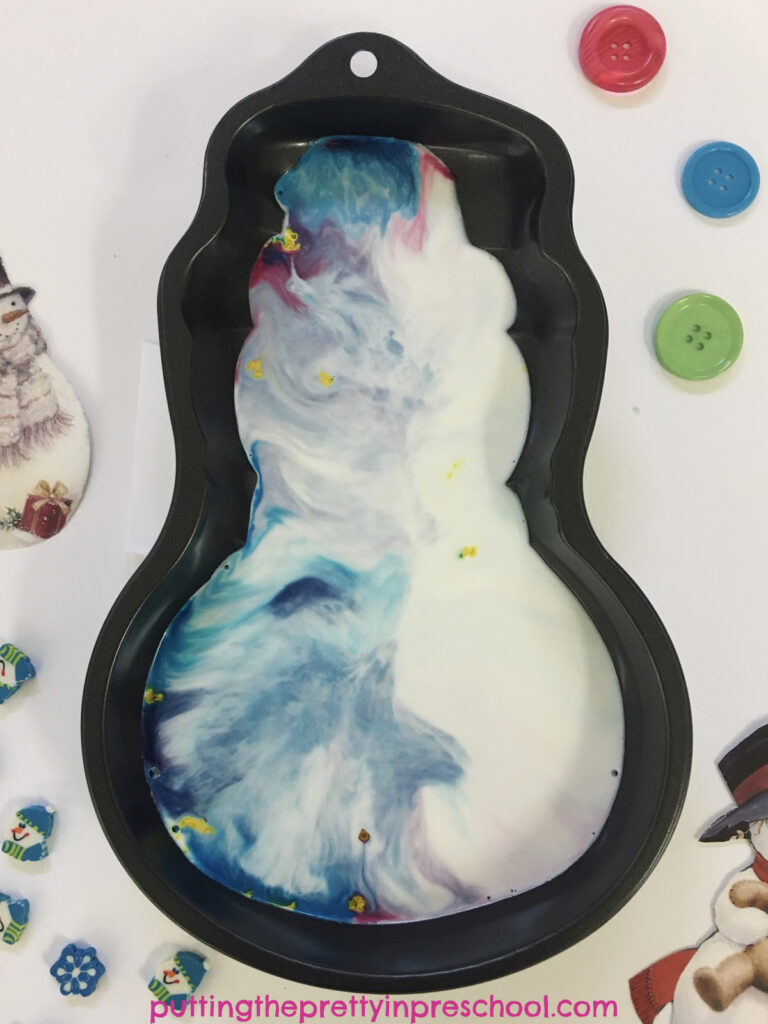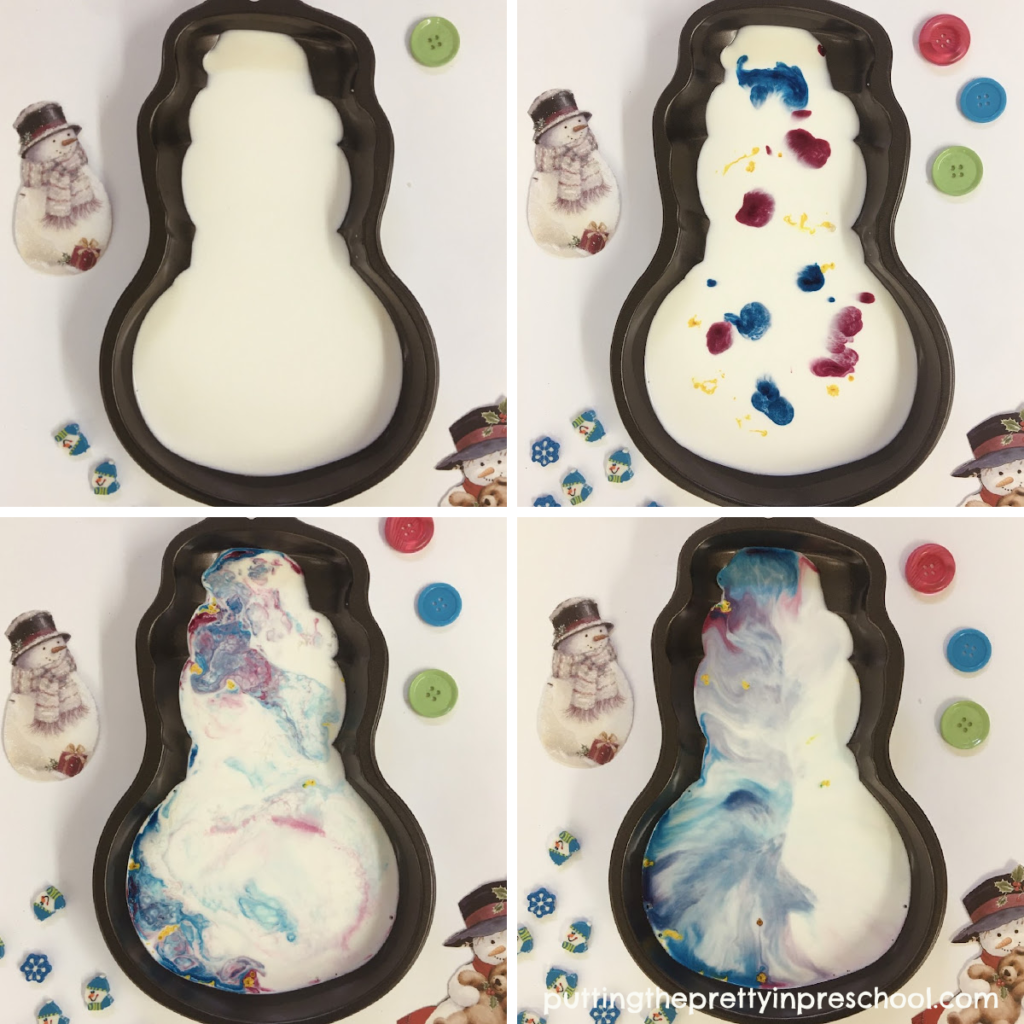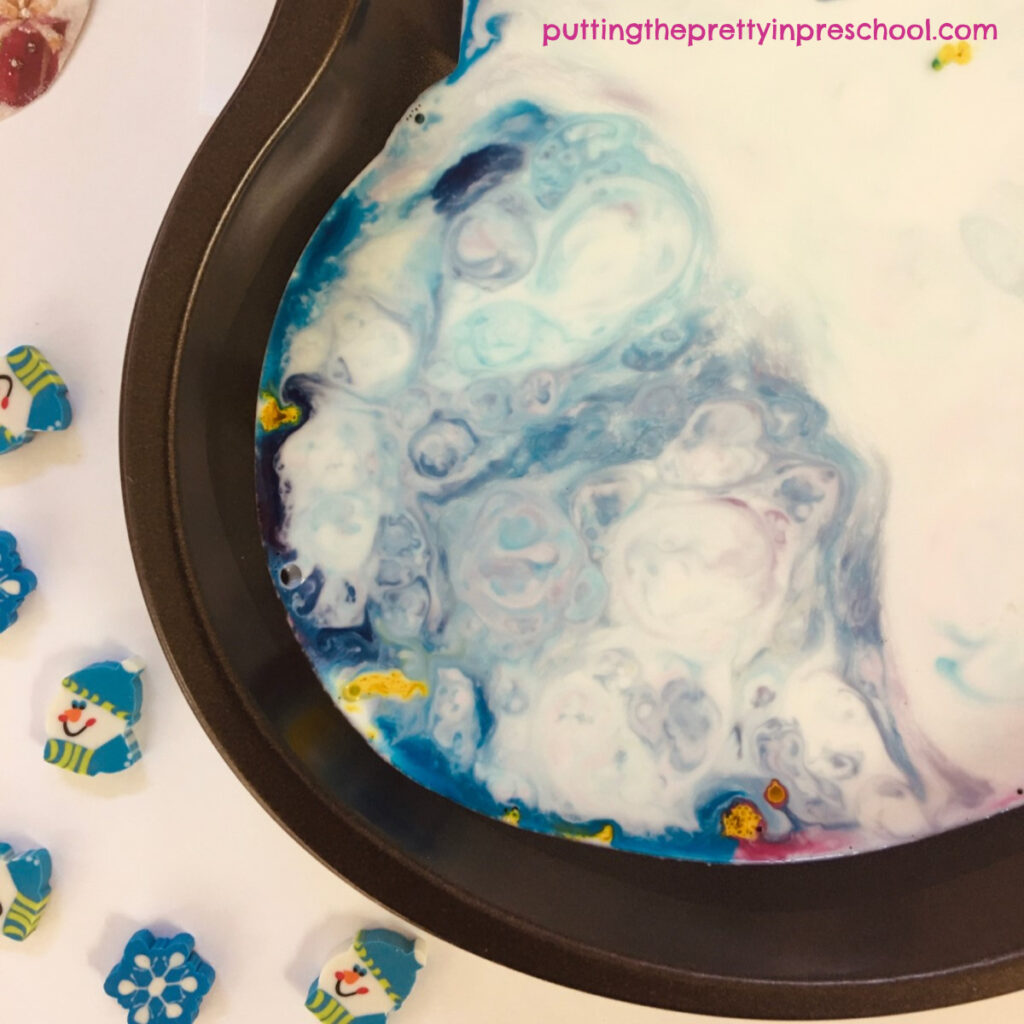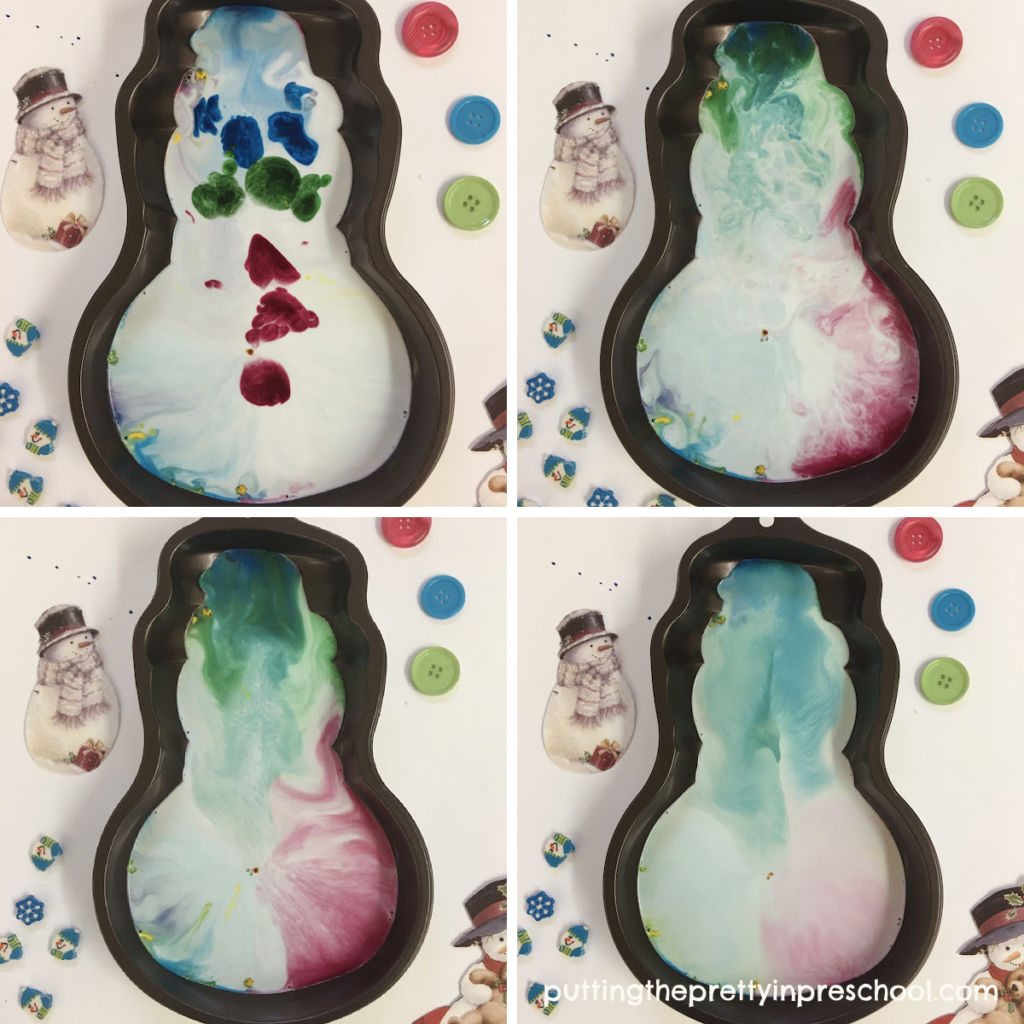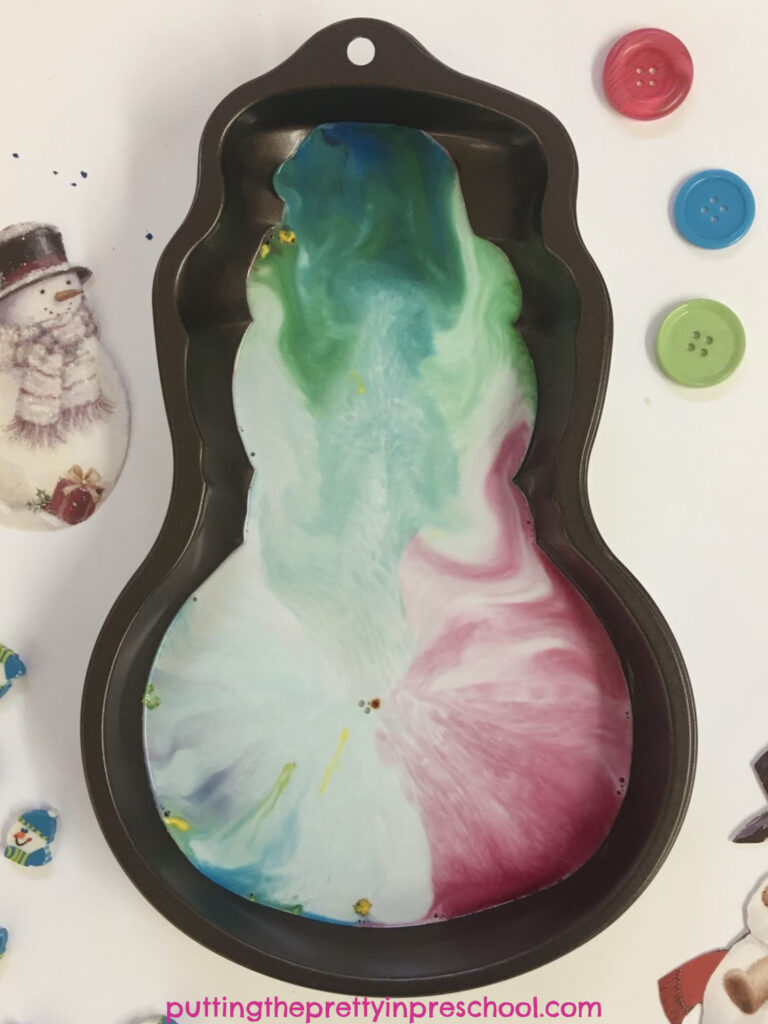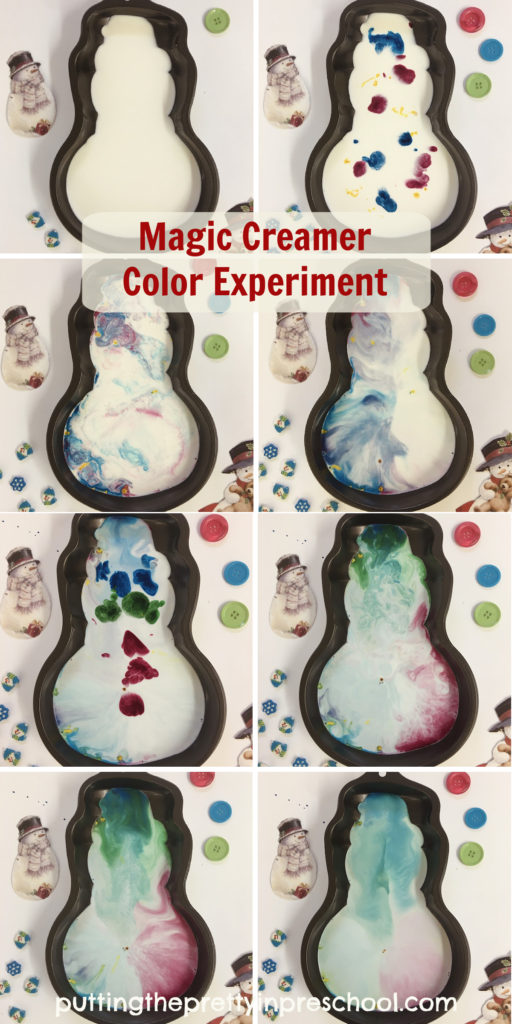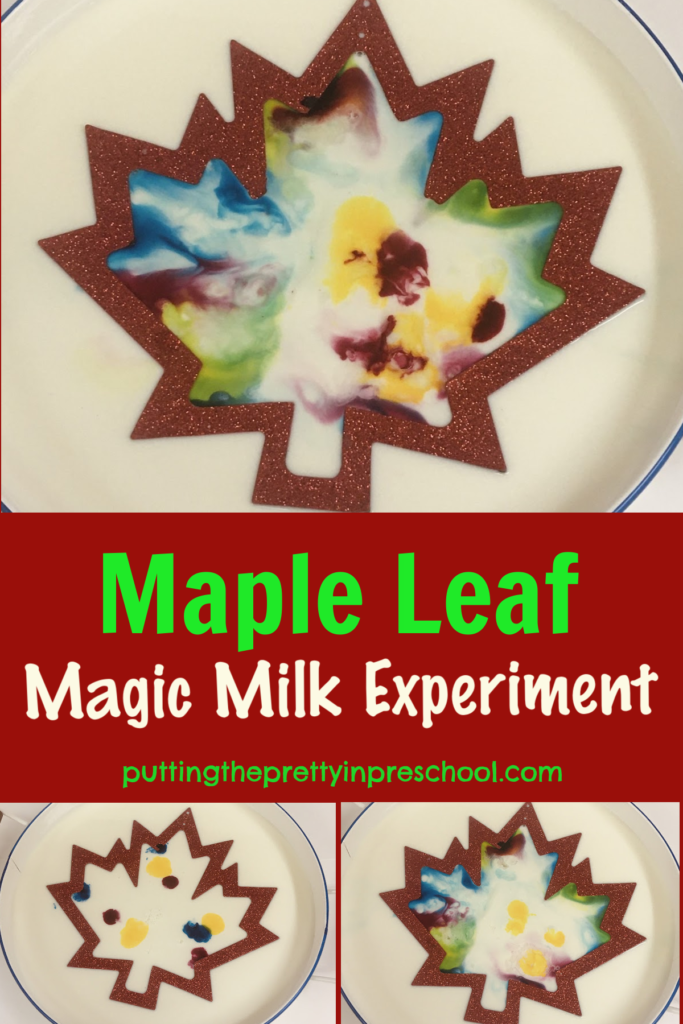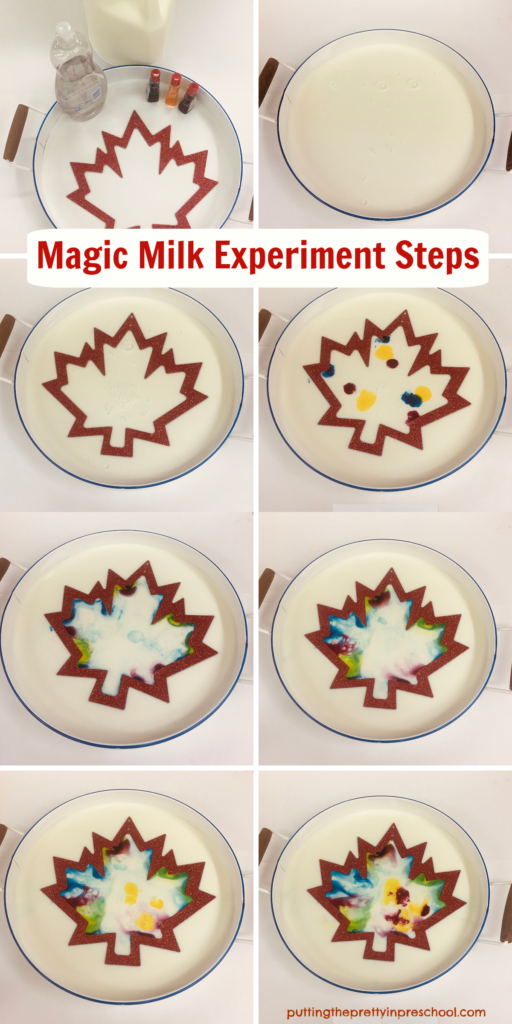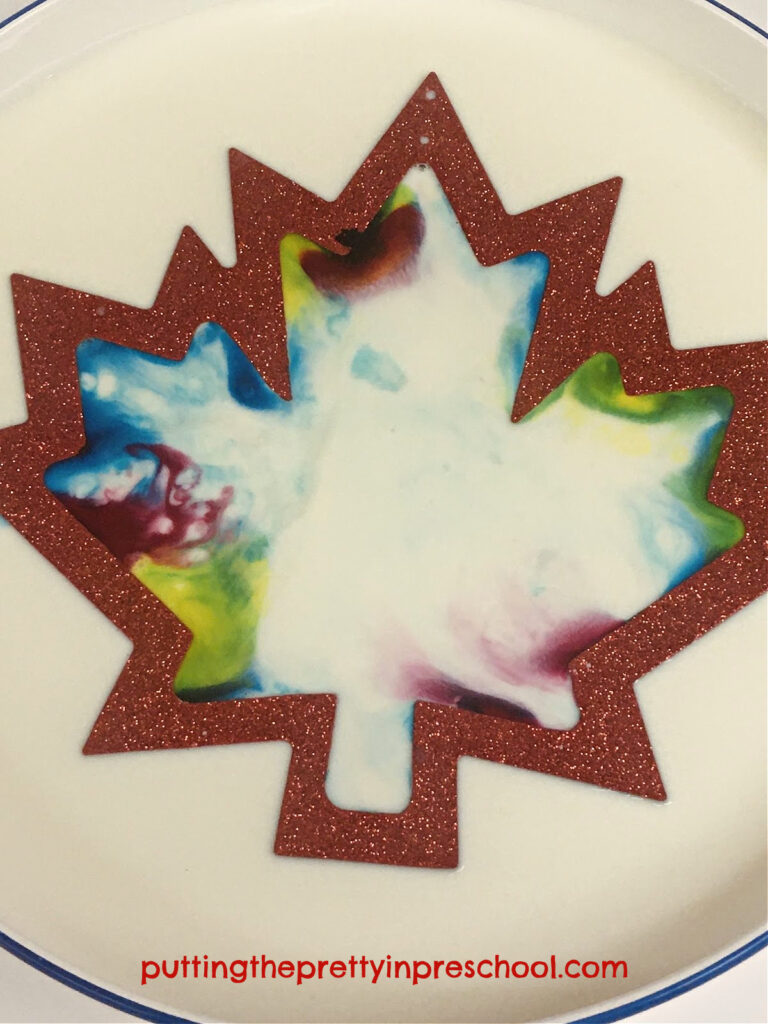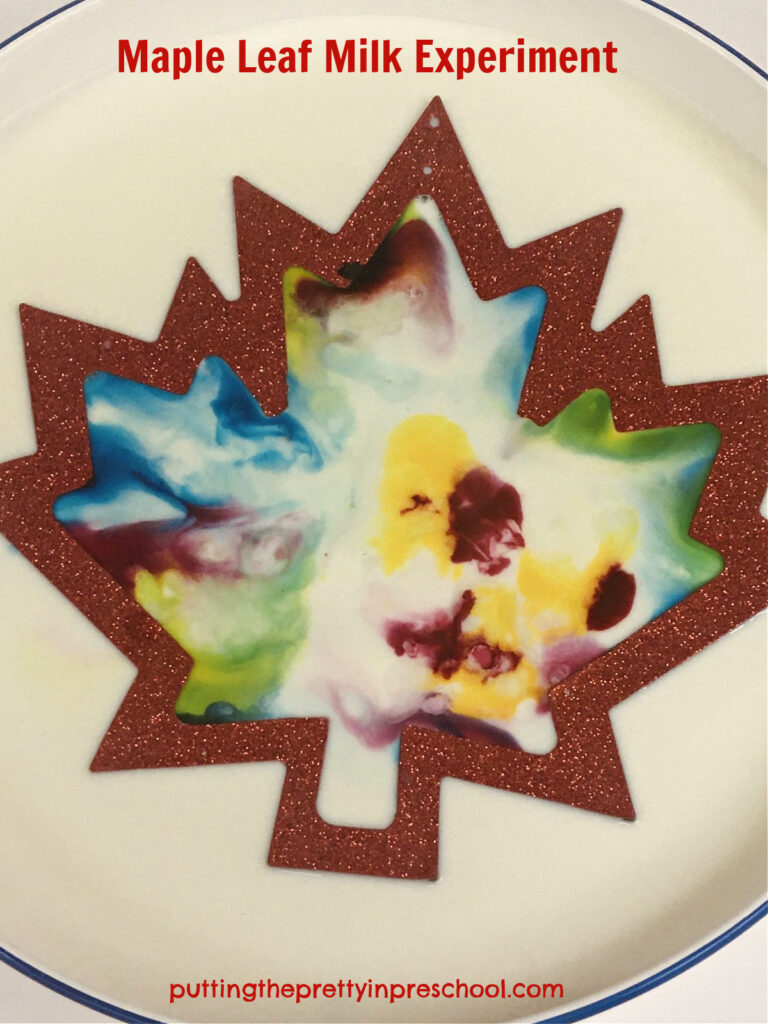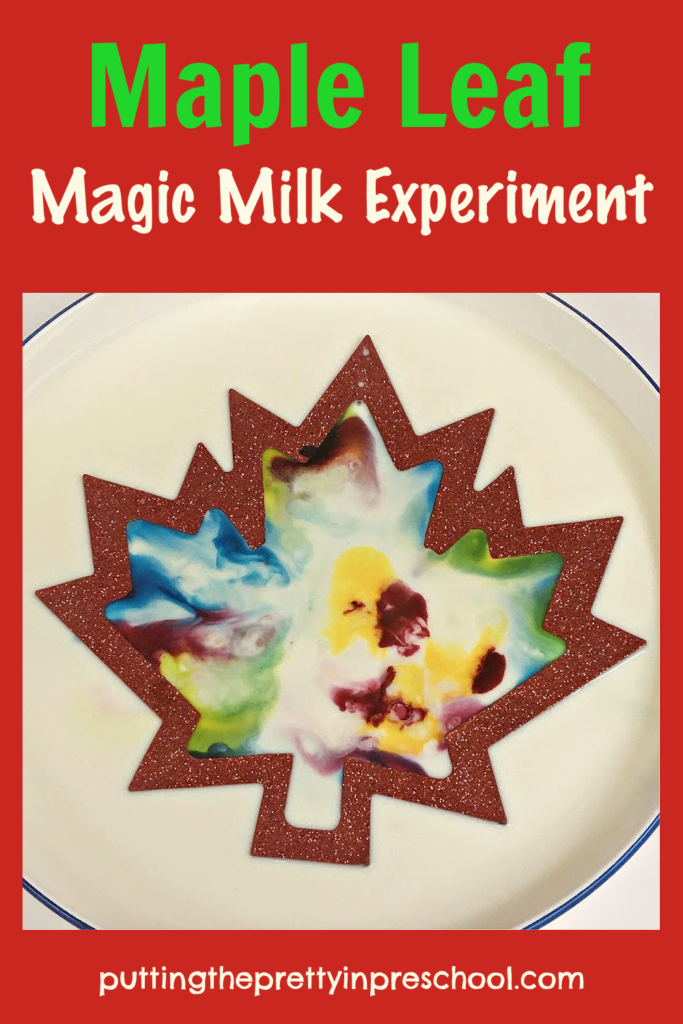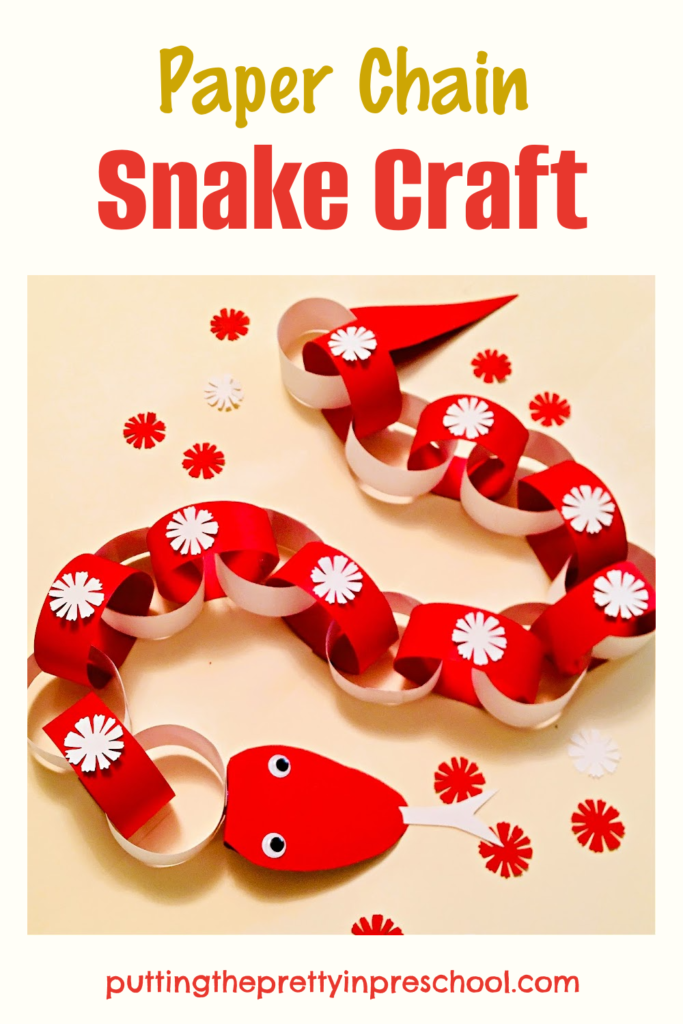
_______
This paper chain snake craft is a perfect hands-on creative activity. It helps young children develop fine motor skills, recognize colors, practice measurement, and make patterns. The activity suits a reptile, jungle, or Chinese New Year “Year of the Snake” theme.
_______
Supplies To Collect
Gather the following basic supplies you probably already have on hand to make this slithery chain-link friend:
- light cardstock paper
- ruler and pencil
- wiggly eyes
- scissors
- tape
- glue stick
- glue gun
_______
Follow me on Pinterest for more early learning ideas.
_______
Steps to Make a Paper Chain Snake Craft
_______
To start making a paper chain snake select a sturdy paper in two or more colors. Construction paper or light cardstock is a good choice because it isn’t too heavy to curve into a loop and holds up well for display.
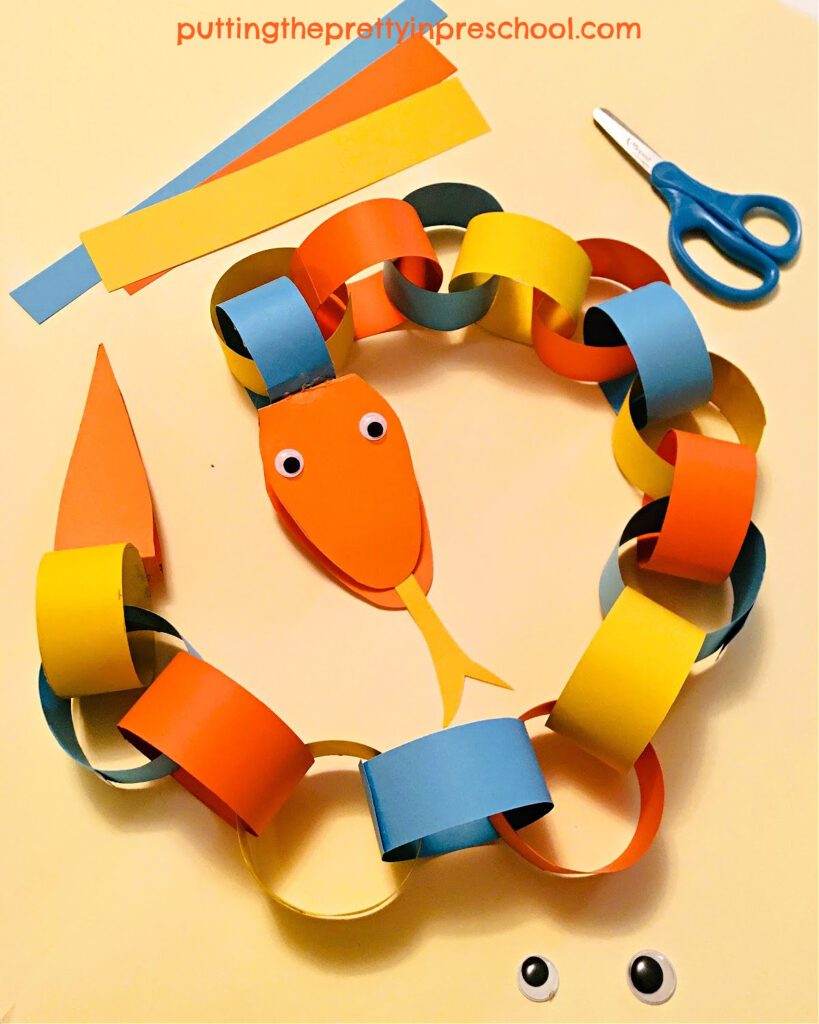
_______
Next, cut the paper into strips. To make the strips the same-sized width and length, use a pencil and ruler to draw light lines on the paper first. My strips are about 1 ¼ inch wide and 8 ½ inches long. You can make yours shorter and thinner or longer and wider depending on how big you would like the snake to be.
Afterward, form a loop with one paper strip and tape or glue the ends together.
Then add the next link by threading a paper strip through the first loop. Form it into a loop and tape or glue the ends together.
Keep adding paper strips in the same way to make the chain the desired snake body length.
Then draw and cut out a snake head and tail from cardstock. Fold both pieces in half leaving a little section in the middle.
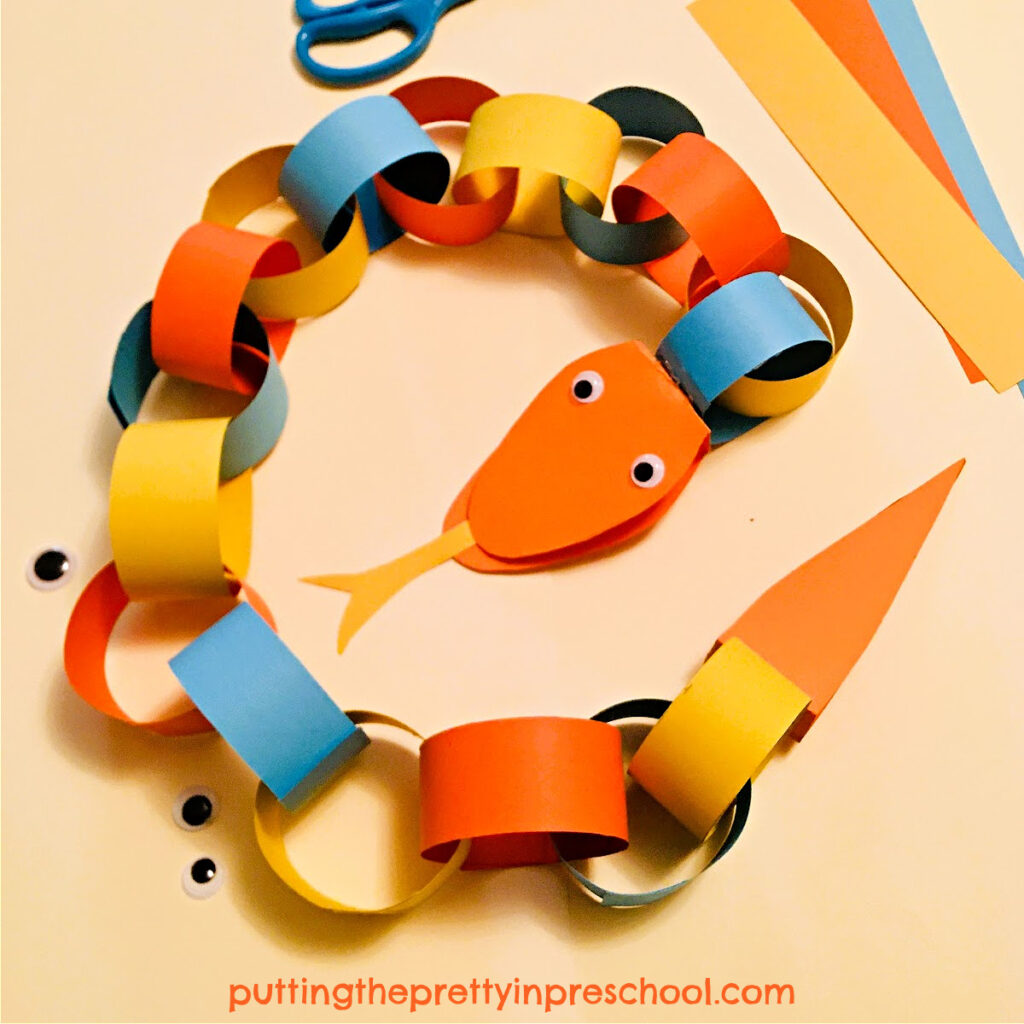
_______
Afterward, draw a forked tongue on a contrasting color of cardstock and glue it to the bottom of the snake head.
Then glue two wiggly eyes to the head.
Finally, use a glue gun to affix the head to one end of the paper chain snake body and tail to the other.
_______
Inspired By Chinese Culture
The paper chain snakes in this blog post are inspired by colors spotted in Chinese festivals and artwork. Turquoise, orange, and yellow are hues seen in lion dance performances.
Blue and white color schemes are popular in Chinese ceramics, with flower motifs being common. So as a finishing touch, this next snake is embellished with paper-punched flowers.
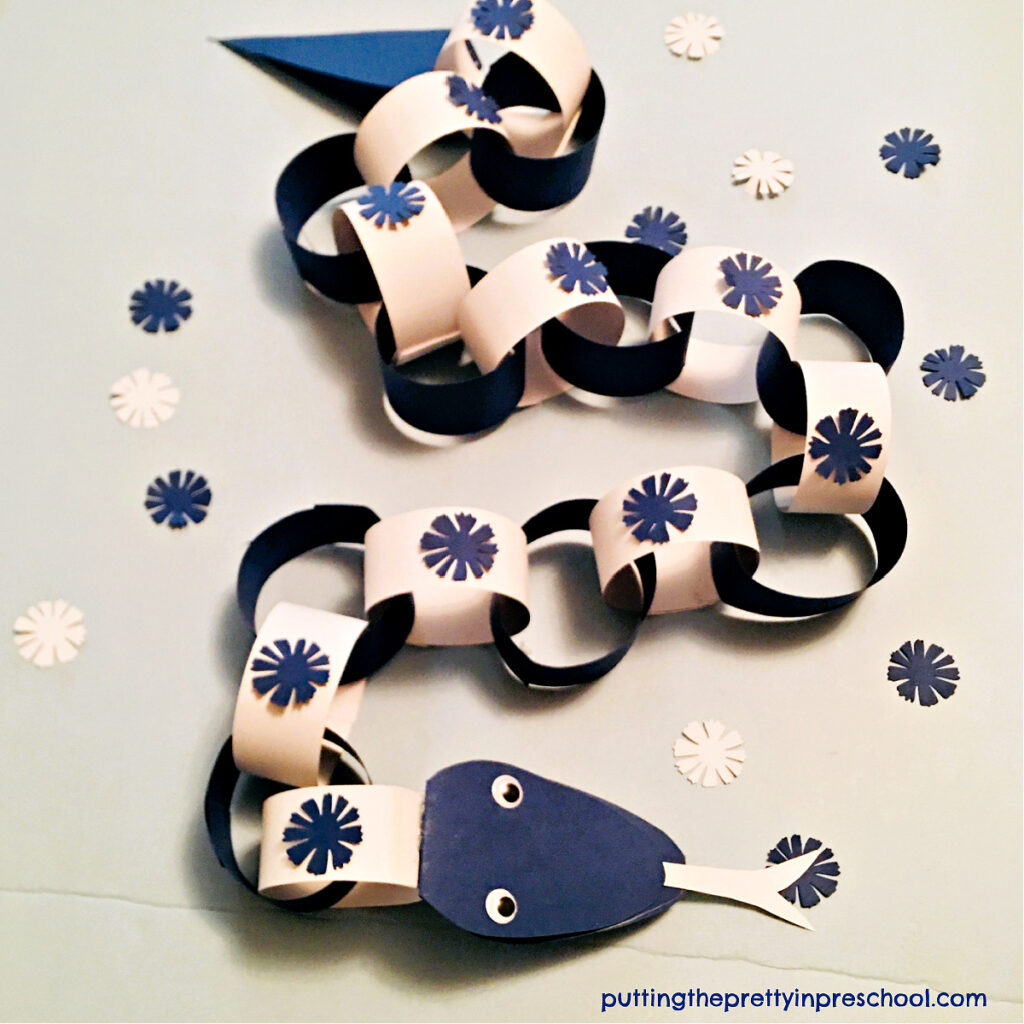
________
Red and white decorations are feature colors in Chinese New Year celebrations. Red symbolizes celebration and white provides a nice contrast. White paper flowers enhance the snake below too.
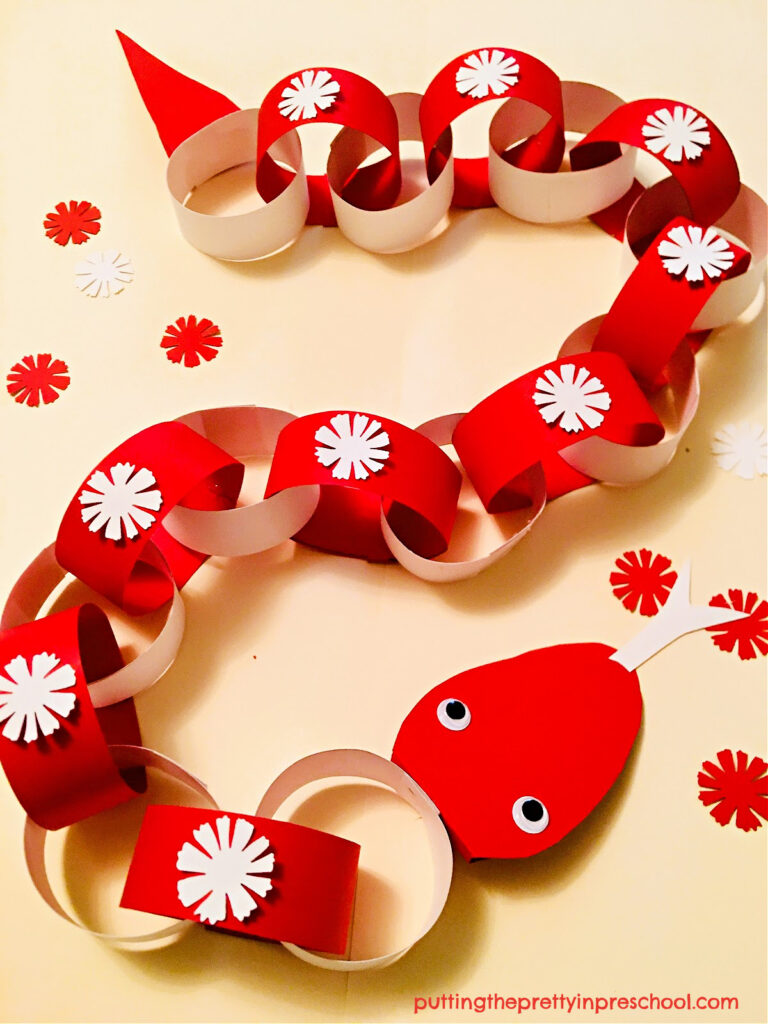
_______
This Chinese New Year signifies “The Year of the Snake“, and the snake craft fits in well with the theme.
_______
Benefits of The Paper Chain Snake Craft
This slithery snake craft has many benefits for young children. It helps them
- develop fine motor control and finger muscle strength as they tape or glue paper strips into loops.
- recognize colors and make patterns.
- observe and/or help use a glue gun.
The snakes can be measured with a string or a long ruler. They make great pretend pets for little learners.
_______
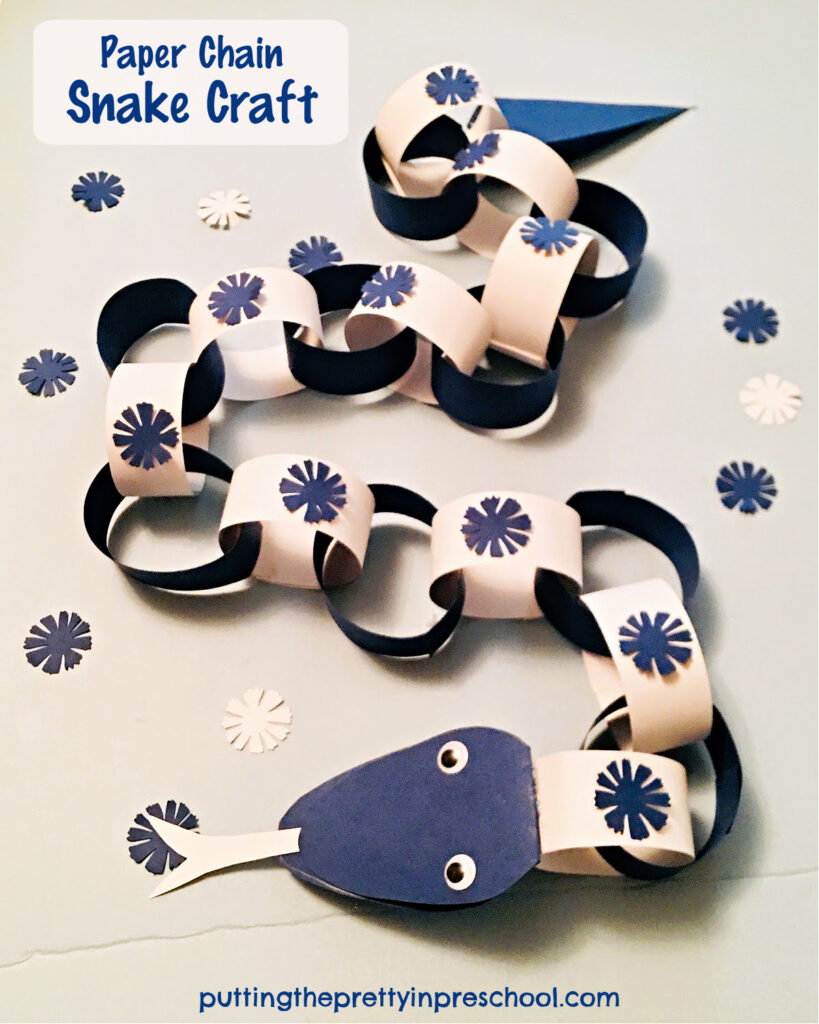
_______
More Activities With Snakes
Chinese New Year Chickpea-based Bin
_______
_______
You may also like:
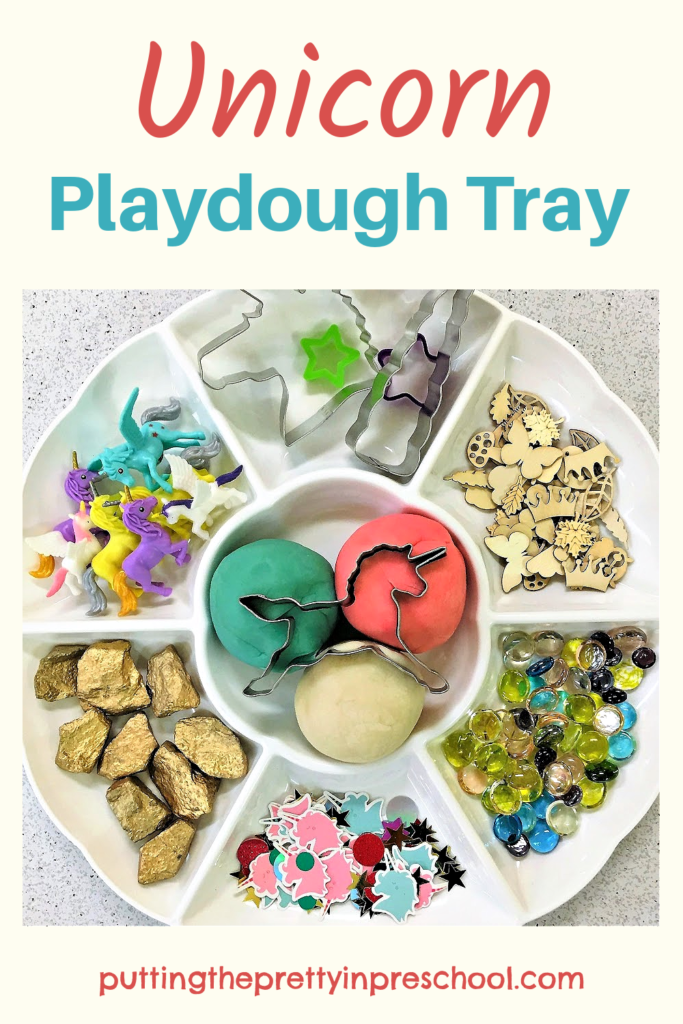
_______

_______
Don’t forget to share this post on Pinterest or your favorite social media channel. Sharing is caring!

_______
© Annette Kaminsky January 29, 2025
_______
